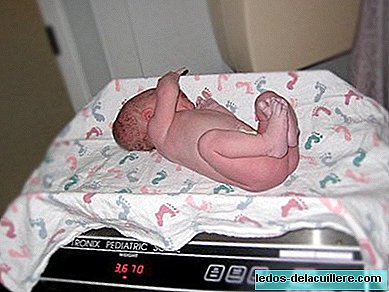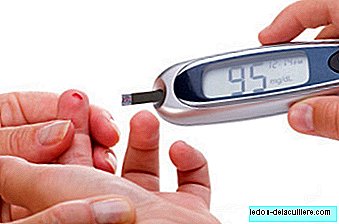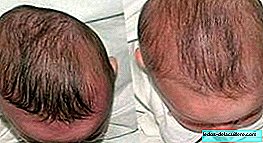
Ovarian stimulation is a process that consists of induce multiple ovulation by hormonal medications, a process that is carried out to achieve assisted reproduction, either by artificial insemination or in vitro.
In order for these techniques to proceed with a higher percentage of pregnancy chances, more than one oocyte is attempted per cycle, and thus be able to achieve in the uterus or transfer more than one embryo.
This method allows to guarantee and anticipate the exact moment of ovulation as well as the correct maturation of the ovule that will be inseminated. There are different types of stimulations, from the softest to the strongest.
Ovarian stimulation is a process that usually lasts between 8-14 days. The administration of hormones to produce ovarian stimulation usually begins on the second or third day of menstruation.
Ovarian stimulation by hormone injection
With the treatment it is tried that several follicles develop until full maturity. During the duration of the stimulation, the woman receives a daily injection of the hormones involved in the regulation of reproduction, gonadotropins (FSH and HMG).
The hormones can be injected subcutaneously or intramuscularly, depending on the medication schedule that the specialist decides. This guideline is established from various factors of the patient such as age, ovarian morphology, body mass, hormonal analysis and stimulation response in previous cycles.
Assisted reproduction professionals usually indicate the most appropriate medication and doses to each woman, identifying the cases and avoiding standardizing the treatment.
Throughout the process they are made regular checks by ultrasound and blood tests to control follicular growth and maturation and determine the best day to perform the extraction of the ovules.
For the maturation of the ovules prior to extraction or insemination, the HCG hormone is normally used: at 36-40 hours after the administration of this hormone ovulation or expulsion of the ovules from the ovaries into the tube occurs.
This allows to plan with precision the artificial insemination or the surgical extraction of the ovules in the case of in vitro fertilization, when they are still in the ovaries and in their optimum moment of maturation to proceed to the fertilization.
In parallel or a few days before the ovarian stimulation, a pituitary inhibition or braking process is carried out, which avoids interference of internal hormones that may alter the course of the stimulation.
It is possible to perform in vitro fertilization treatment without ovarian stimulation, but the chances of achieving a pregnancy are less than 5% and not all centers do it. In the case of artificial insemination, if the cycle is stimulated, the chances of success are also greater, since irregularities are avoided.
On the other hand, this ovarian stimulation that allows to have more than one fertilized ovum in the processes of assisted reproduction increases the chances of multiple pregnancy, and in approximately 15% of cases women who follow this treatment have twins.












